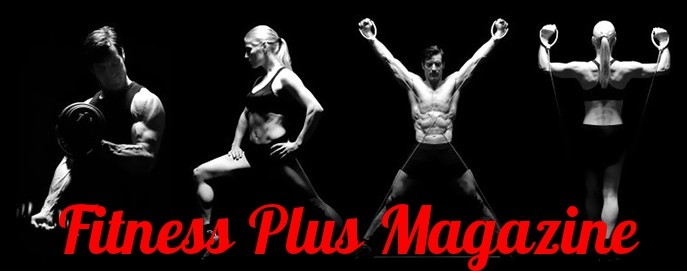Click Here to Sign Up for Your Free Fitness Magazine Subscription
Fitness Level Tests: How To Determine Your Fitness Level
Fitness has come a long way in the last 30 years. What we once thought of as general fitness now needs to be broken down into a few parts. Cardiovascular fitness, strength or lean muscle percentage of the body and flexibility. The American Heart Association did an extensive study in 2013 looking at 9000 people of both sexes.
The study conclusively showed that those who were not fit when the study started and did not improve overall fitness over the next 20 years were at a higher risk of heart failure when over 65. Those that were able to improve their fitness were measurably able to reduce their risk of cardiovascular problems or heart failure.
With the average age of the volunteers in the study around 48 years old, the study clearly showed that we lose up to half a pound of muscle for every year we age. This decrease in muscle speeds up the onset of frailty which has clearly defined parameters, just like hypertension or diabetes.
An unfit person has a slower metabolism, higher risk of getting an injury and more prone to acquiring a chronic disease. This downward spiral can easily be stopped by doing a few simple fitness tests that you can easily do at home or any area where you feel comfortable.
The first test is strength which is easy to measure as we get older. It just needs a few core upper body strength movements like push-ups. The lower body can also be tested just as easily. For example holding the plank position for as long as you can will tell you a lot about the core strength you have.
For example if you are 40-49 years old and you hold the plank position for less than a minute it is very poor. Fair if over a minute, average for 90 seconds and very good for two minutes. If you can hold a plank position for over 3 minutes you are in excellent shape.
Obviously these measurements are age specific and the older you get the less these times would be. Upper body strength can easily be tested by doing the push-up test. Doing a push-up with hands shoulder width apart, if you are aged 40 to 49 years old and you can only do 4 push-ups that is very poor. 5 to 10 push-ups is fair, 11 to 14 is average and 15 to 23 is very good. If you can do more than 24 you are in excellent condition for your age.
Once again these counts will be significantly reduced as you get older. For example if you are aged 60-69 one push-up would be poor, 2 to 4 push-ups fair, 5 to 11 push-ups average, 12-16 very good and anything more than 17 is excellent. Lower body strength is also tested in a simple manner.
Standing against the wall with feet out in front of you then bend your knees into a sitting position until you get to a 90% angle on your legs pushing against the wall. You then hold this sitting position for as long as you can. If you are 40-49 years old and you can only hold this position for 9 seconds it is very poor.
10-18 seconds is fair, 19-26 seconds is average, 27-33 seconds is very good and anything more than 33 seconds is excellent in that age group. Once again the older you are the lower the time you will be able to hold that sitting position which indicates your lower body strength.
Cardiovascular fitness is a key part of overall fitness and is easily tested by doing a 12 minutes power walk or walk as fast as you can on a flat road without stopping. Your fitness is measured by the distance you can cover in 12 minutes. If you are 40-49 years old and power walk less than 1.17 miles your fitness is poor.
Walking 1.19-1.25 miles is fair, 1.29-1.37 miles is average, 1.40-1.49 miles is very good and anything greater than 1.50 miles is excellent. Once again these distances would be reduced as you get older. The last measurement is flexibility which again can easily be tested.
As we age our tendons and ligaments dehydrate along with our muscles causing stiffness and increasing the risk of injury. Sitting on the floor with straight legs in front of you try and touch your toes, even if you have to bend your knees to reach your toes.
If your knees are bent completely with your butt close to your heels then your flexibility is very poor. If your legs form a wide V shape then your flexibility is fair. Average flexibility is when your knees are only slightly bent, if you can touch your toes with soft knees then your flexibility is very good. If you can lock your legs out and still touch your toes flexibility is excellent.
